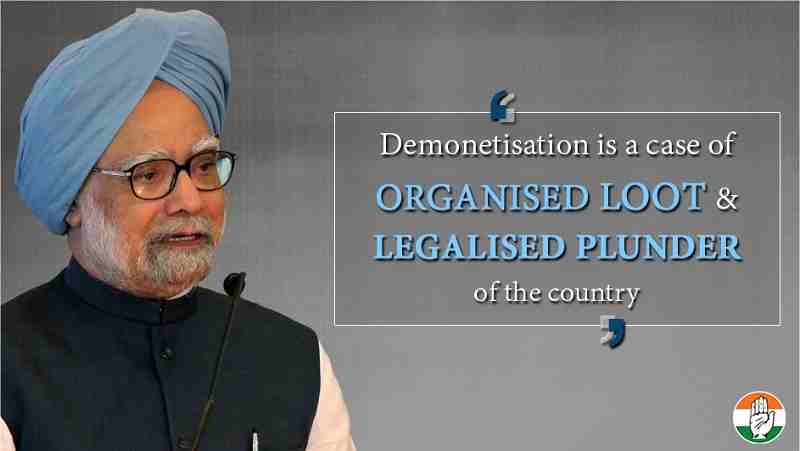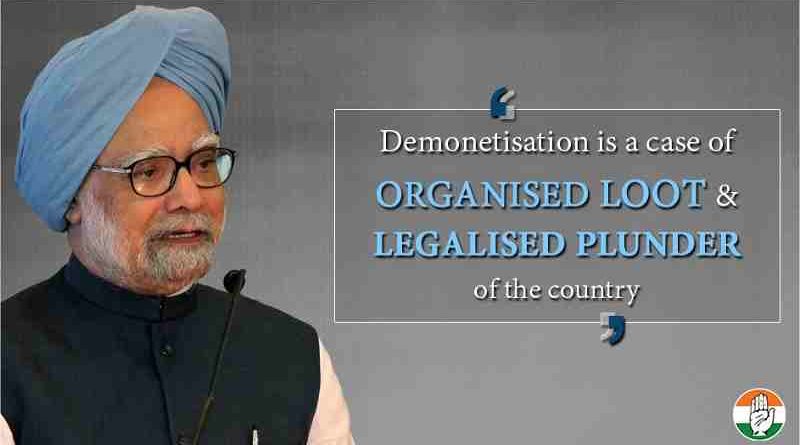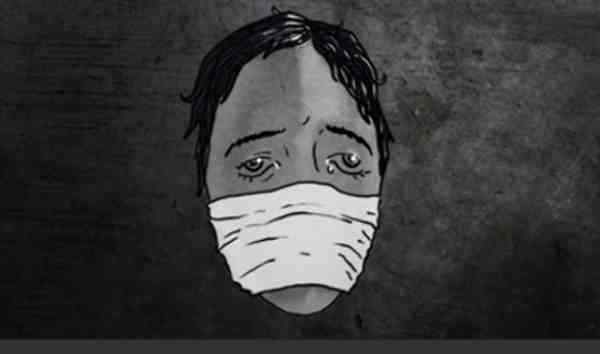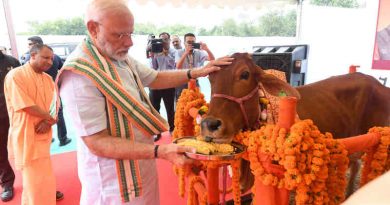Modi’s Demonetization Failed to Stop Corruption, Black Money Back in Banks

As people were not able to withdraw their own money from banks and many died while standing in queues in front of banks, Modi’s demonetization decision had caused a total chaos in India.
By Rakesh Raman
Today, the Congress party said that the cost and destruction by demonetization was endured by every citizen of this country other than a few crony capitalist friends of Prime Minister (PM) Narendra Modi. “Demonetization was a black day for our democracy and our economy,” Congress said in a tweet.
Modi had arbitrarily announced in a sudden address to the nation on November 8, 2016 that he has withdrawn the currency notes of Rs 500 and Rs 1,000 from circulation.
Earlier in August, the Reserve Bank of India (RBI) had said that almost all the money has come back to the banking system after the demonetization announcement made by Modi 2 years ago.
In order to falsely project his anti-corruption image among the poor and uneducated Indian masses (who generally vote in Indian elections), Modi gave the impression that his demonetization decision will help remove the unaccounted black money from the system.
[ Demonetization by Modi: Civil Unrest Spreads in India ]
He believed that people keep black money or corruption money in higher value notes of Rs 500 and Rs 1,000, and after his sudden ban on these notes, the corrupt will not be able to deposit that money in banks and thus black money will go out of the system.
However, after 21 months of Modi’s demonetization announcement, according to RBI, 99.3% of the money has returned to the banking system – which means that the black money has been legalized.
The RBI has received Rs 15.31 lakh crore of Rs 500 and Rs 1,000 notes or 99.3% of the Rs 15.417 lakh crore worth of notes which were in circulation when Modi had announced demonetization in 2016.
[ Support New Research Project on Corruption in India ]
Now just Rs 10,720 crore (or 0.7%) of banned currency failed to come back to the RBI, as against Modi’s expectations that over Rs 3 lakh crore of black money would not come back to the banking system. In other words, corruption persists in India.
As people were not able to withdraw their own money from banks and many died while standing in queues in front of banks, Modi’s decision had caused a total chaos in India. Nobel laureate and world’s top economist Professor Amartya Sen said Modi’ demonetization decision has showed the authoritarian nature of the Indian government.
[ Corruption in Rafale Deal: Who Will Catch the Culprits in Modi Govt? ]
Similarly, former Prime Minister of India and leading economist Dr. Manmohan Singh said in India’s Parliament that Modi’s demonetization scheme is a case of organized loot and legalized plunder.
The sudden withdrawal of currency notes in 2016 had led to money shortage in the market – which had adversely affected the small and medium businesses as well as millions of workers who work in the unorganized sector.
Modi’s cruel demonetization decision also resulted in a decline of 1.5% in India’s GDP. But since there is no accountability for corrupt bureaucrats and politicians in India, Modi and his clique will run scot-free.
By Rakesh Raman, who is a government’s National award-winning journalist and social activist. He had been associated with the United Nations (UN) through United Nations Industrial Development Organization (UNIDO) as a digital media expert. He is the founder of a humanitarian organization RMN Foundation which is working in diverse areas to help the disadvantaged and distressed people in the society.






